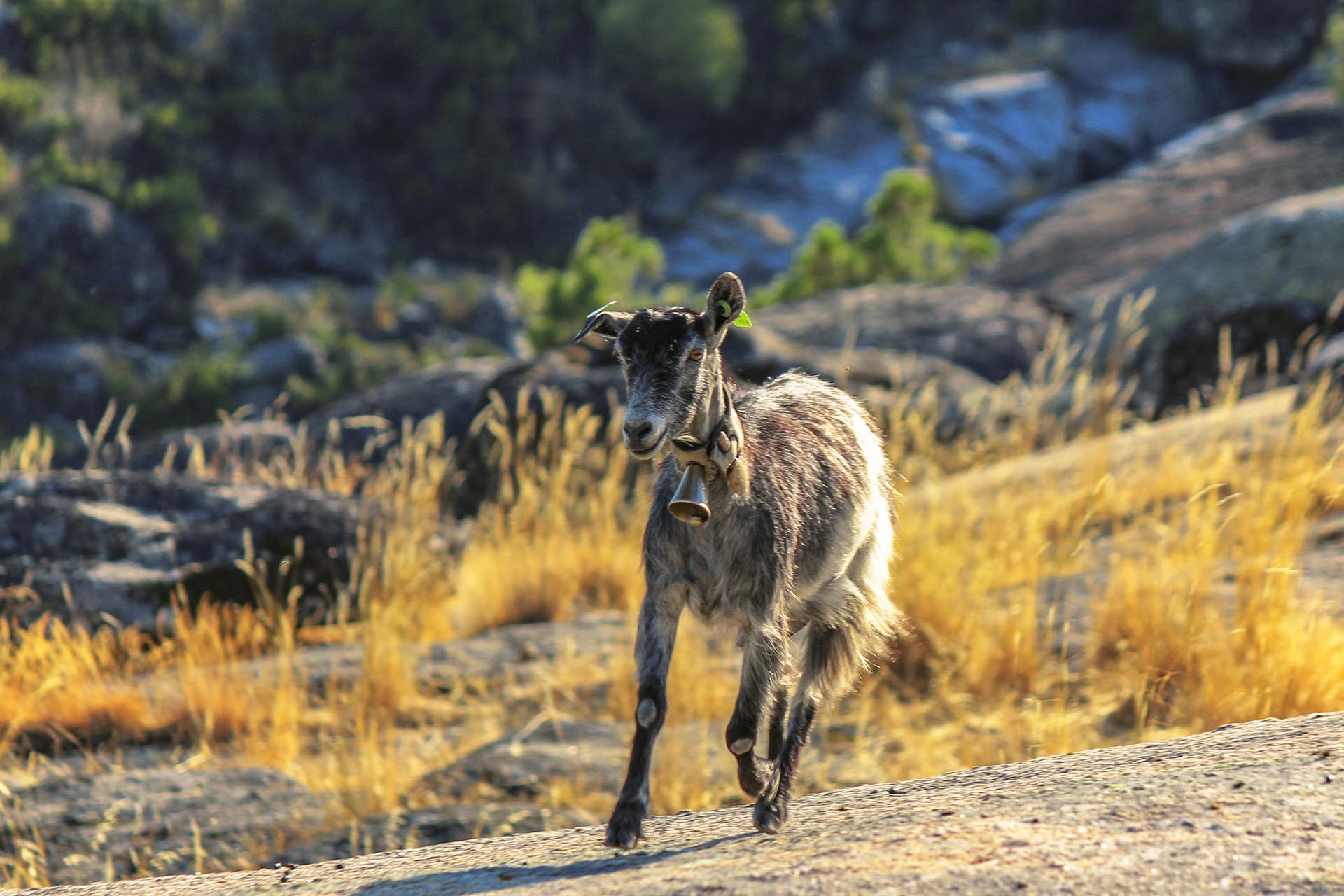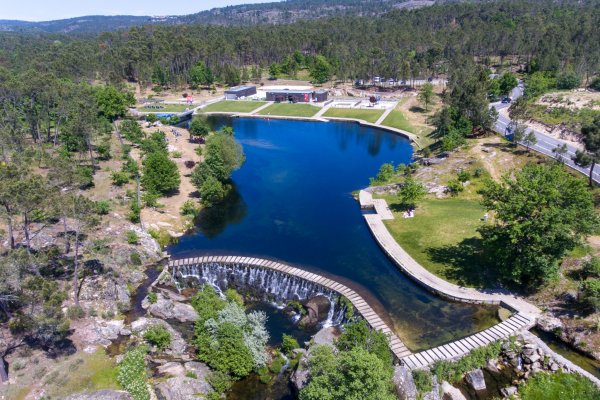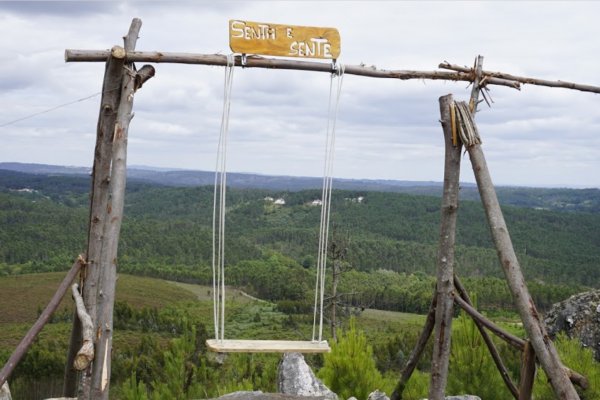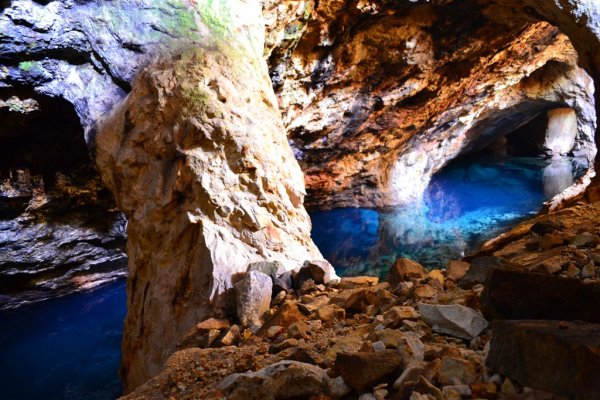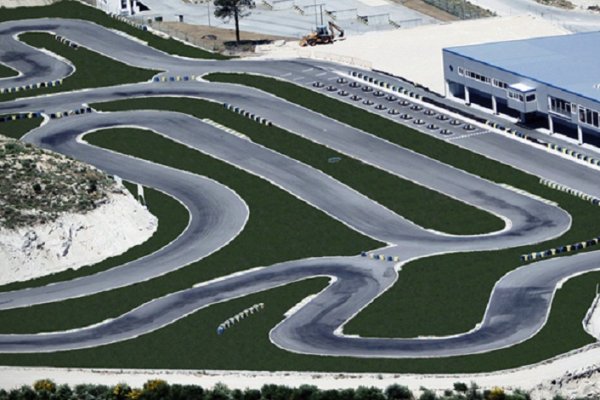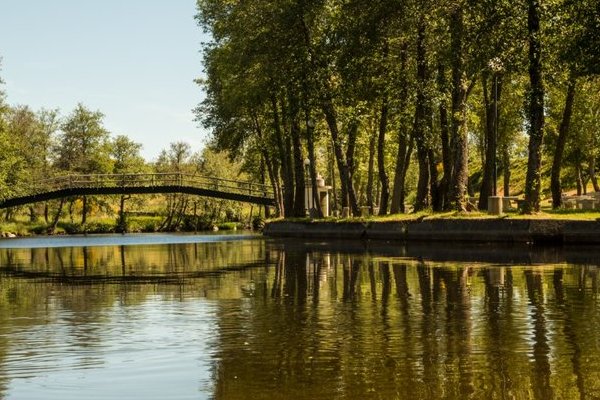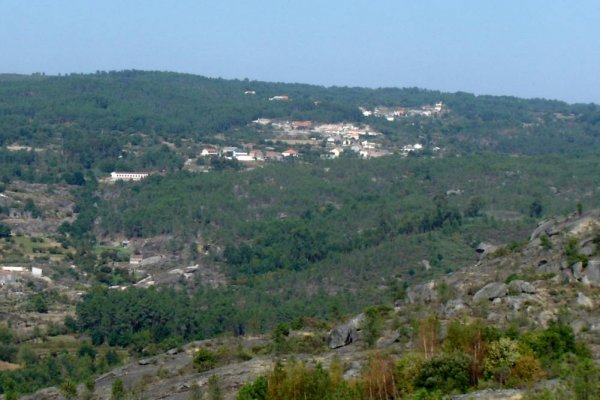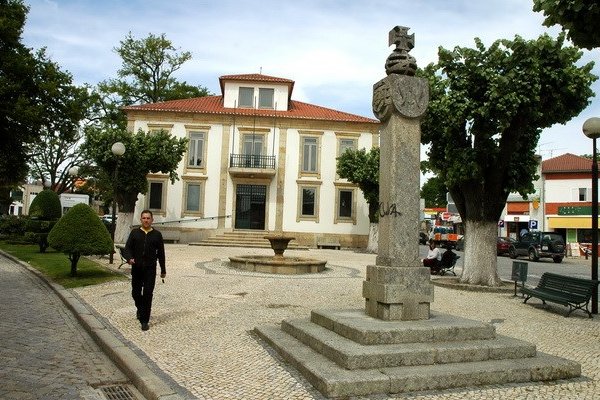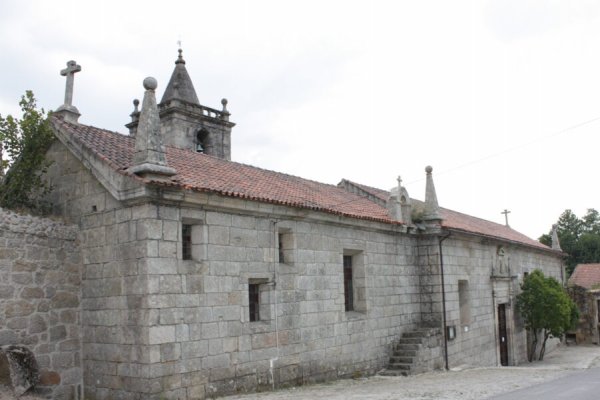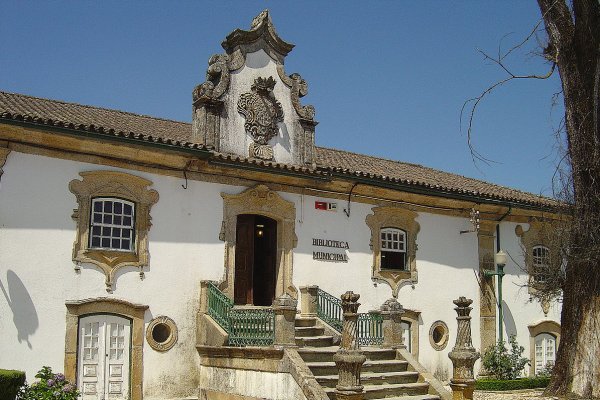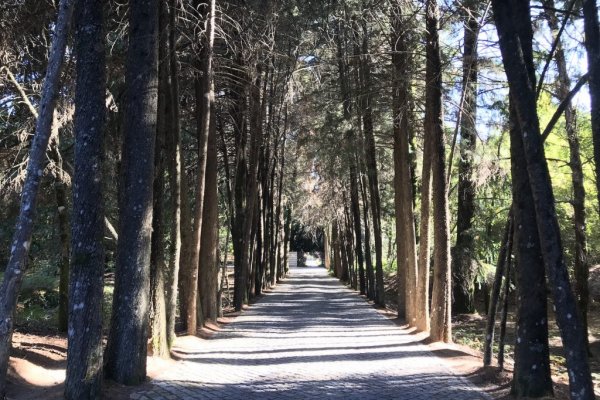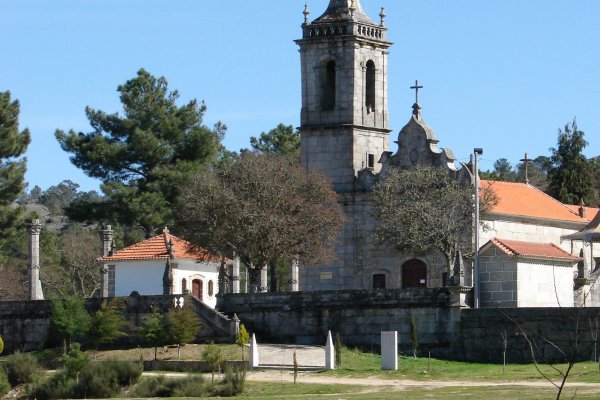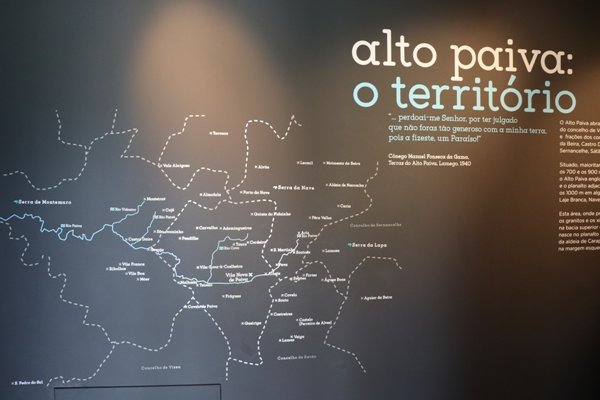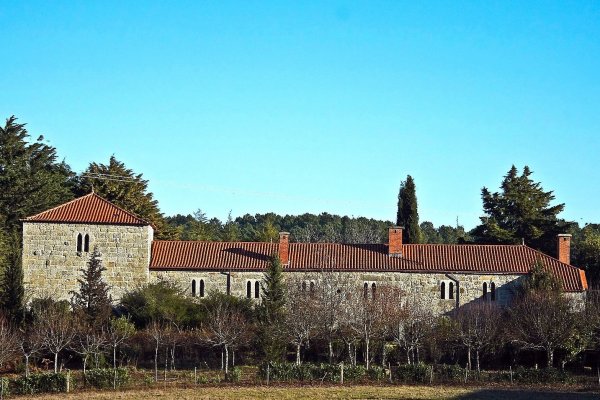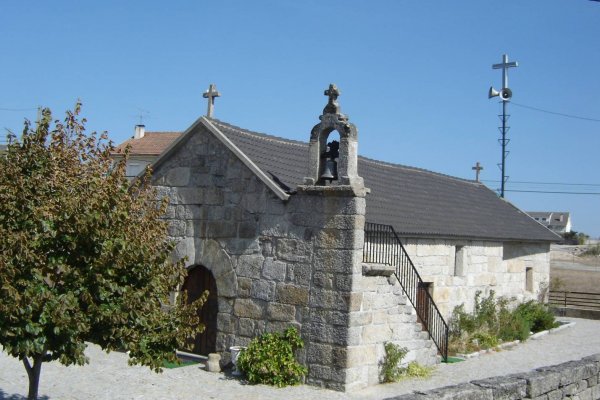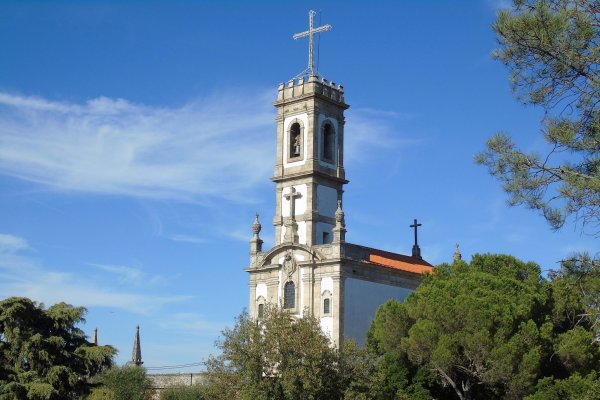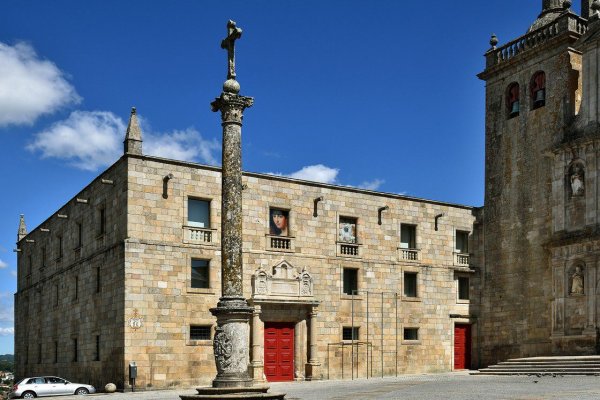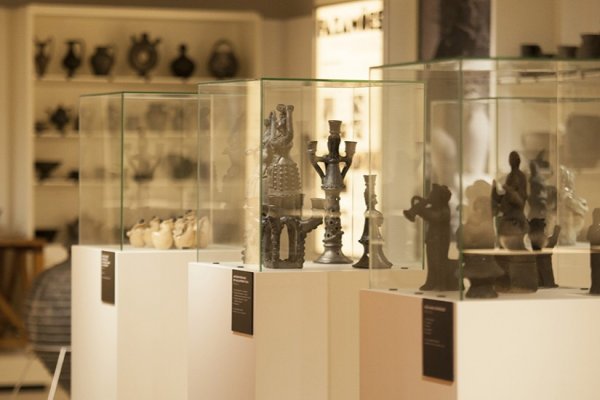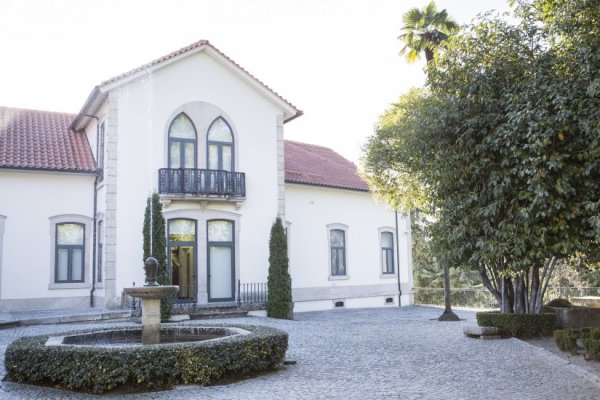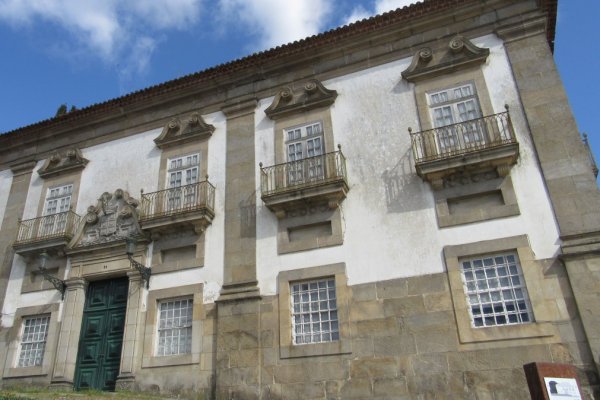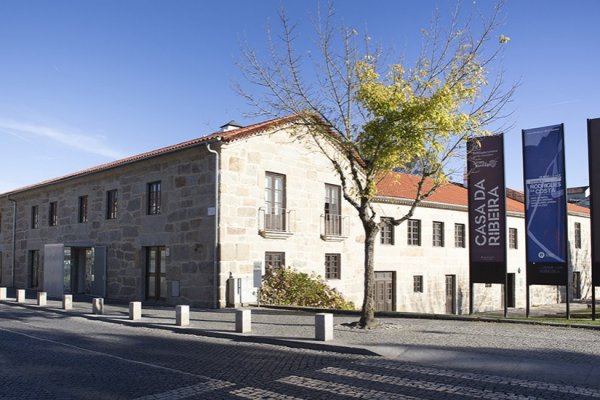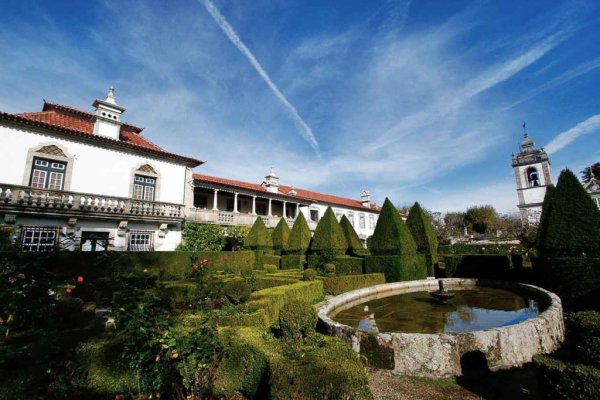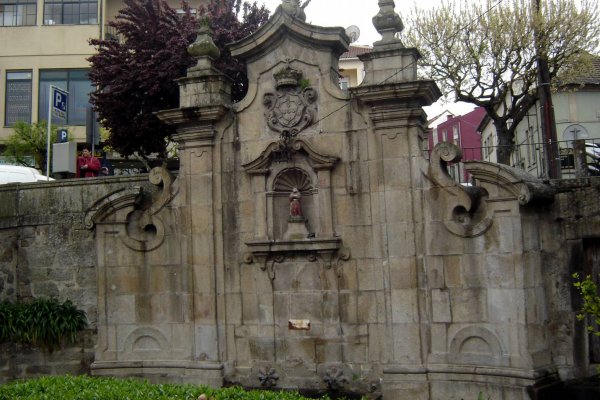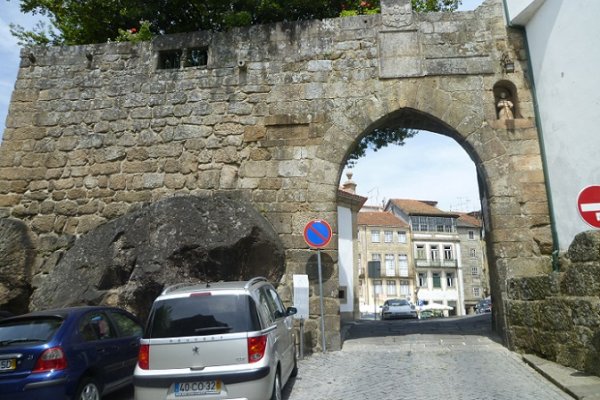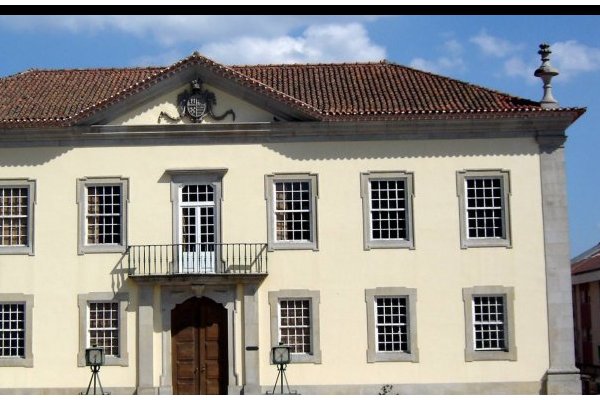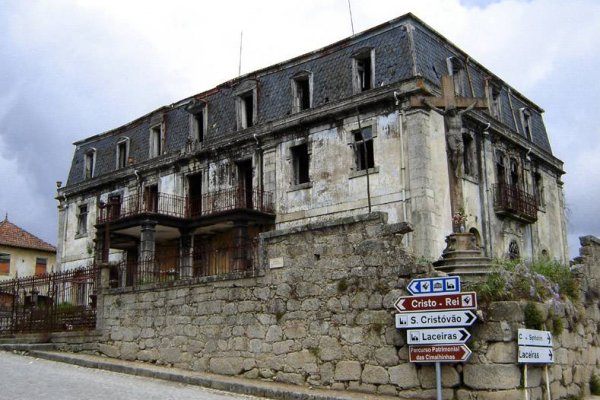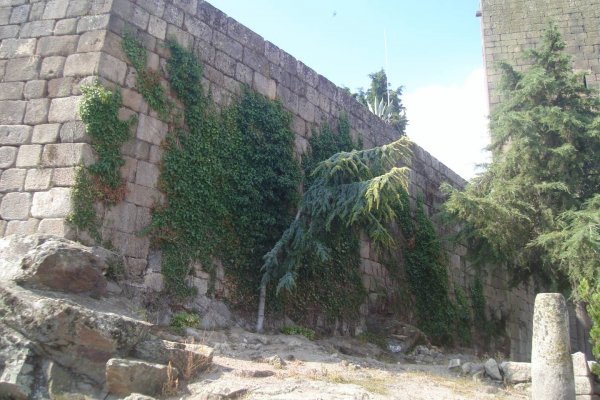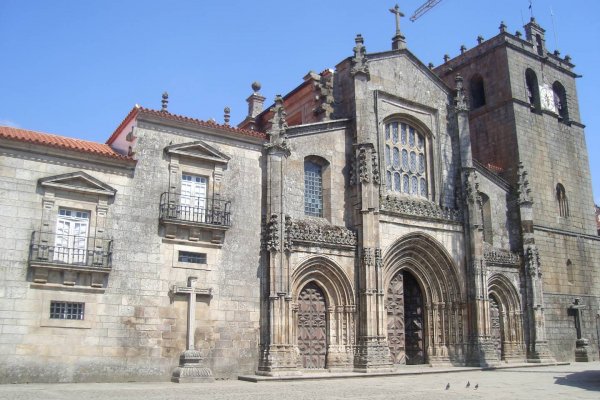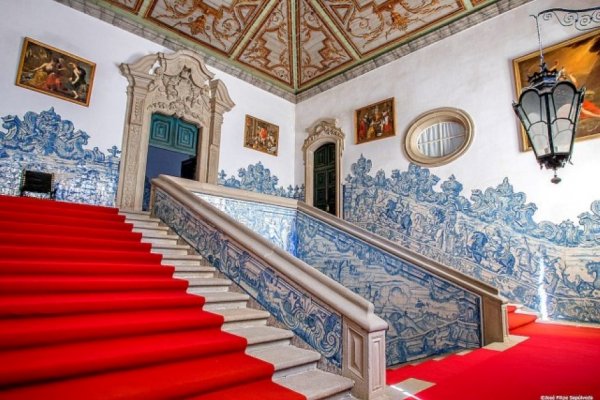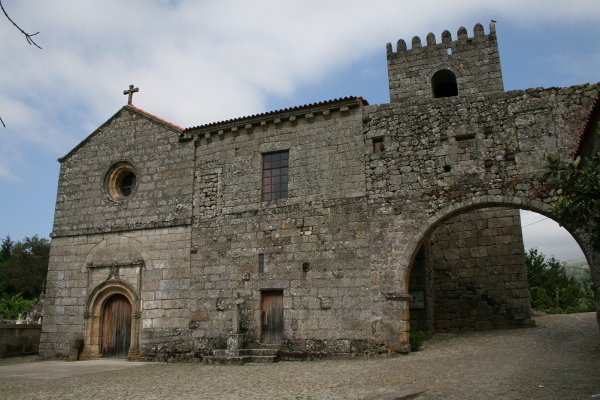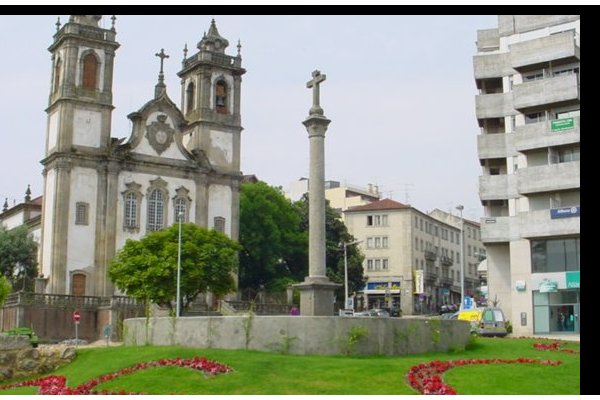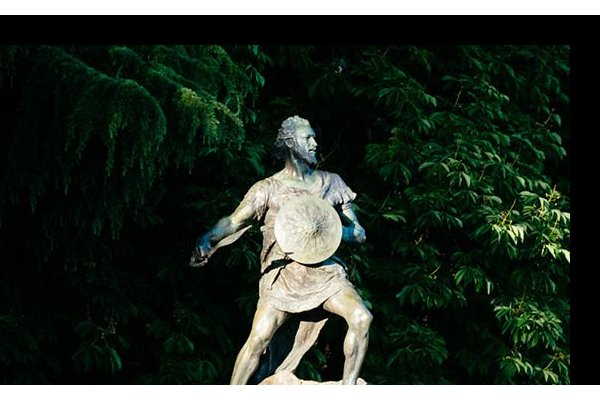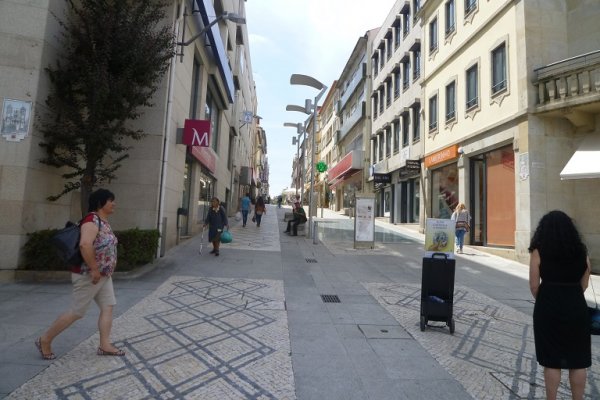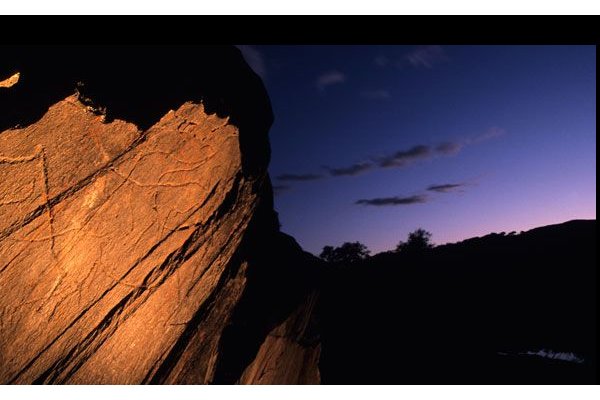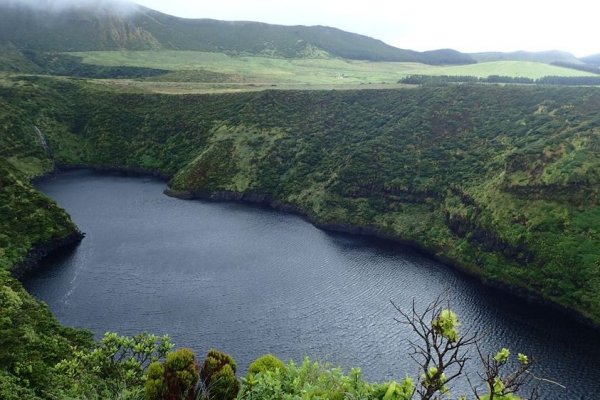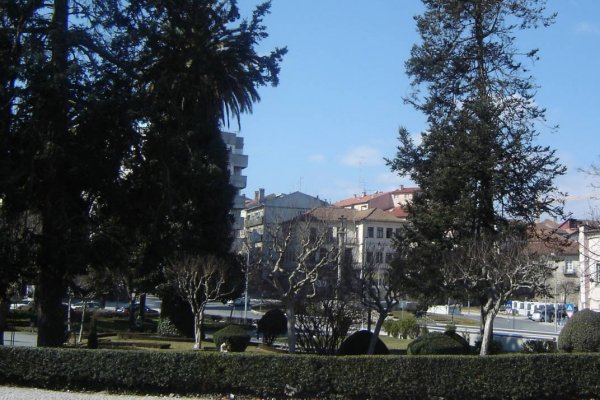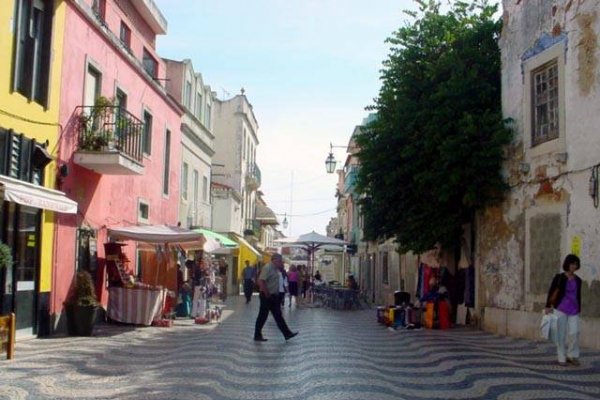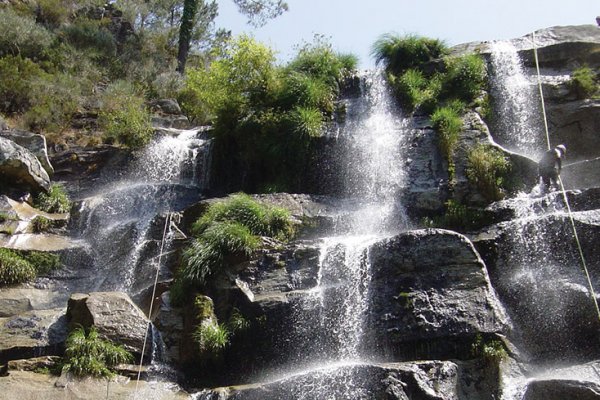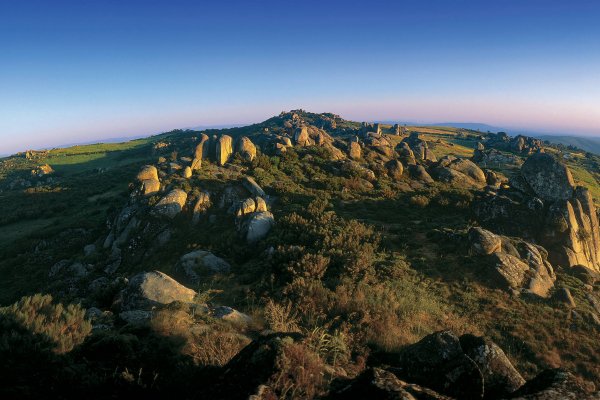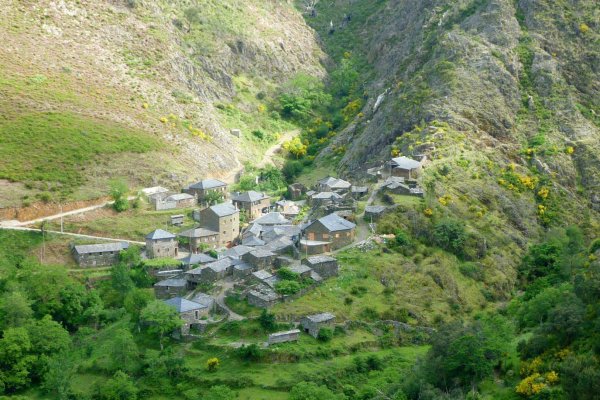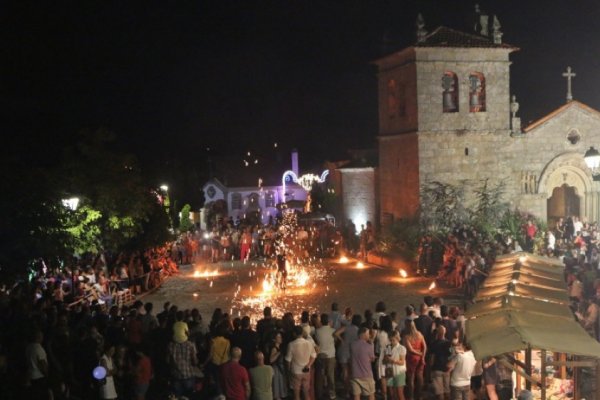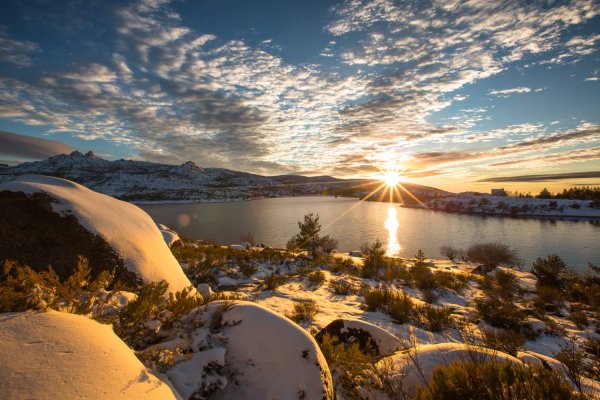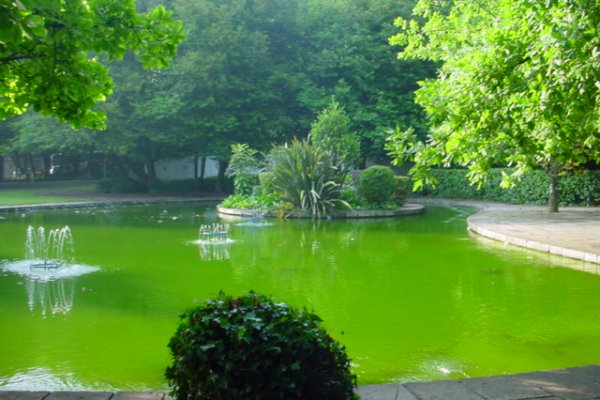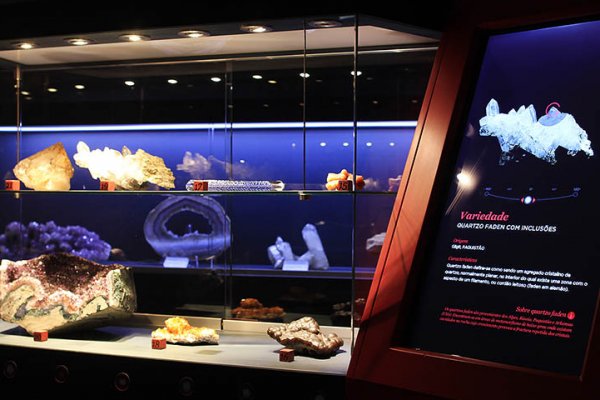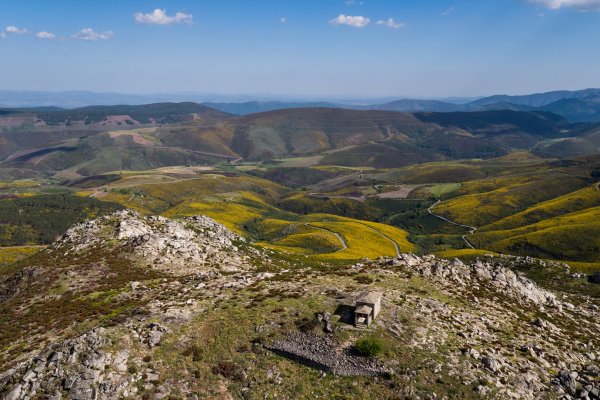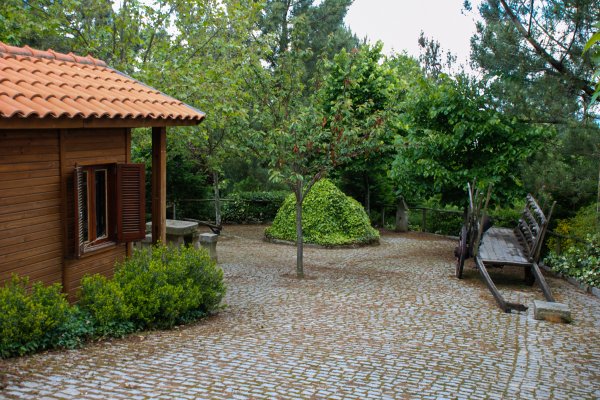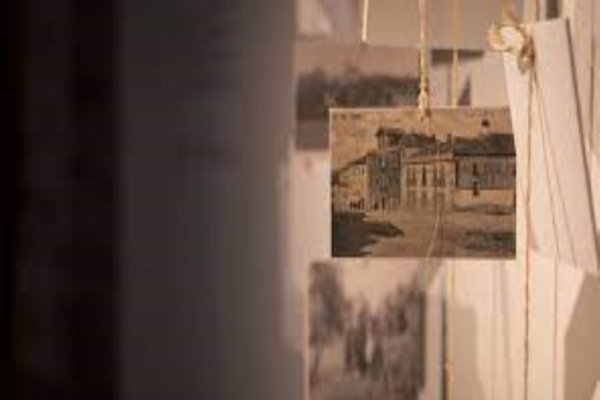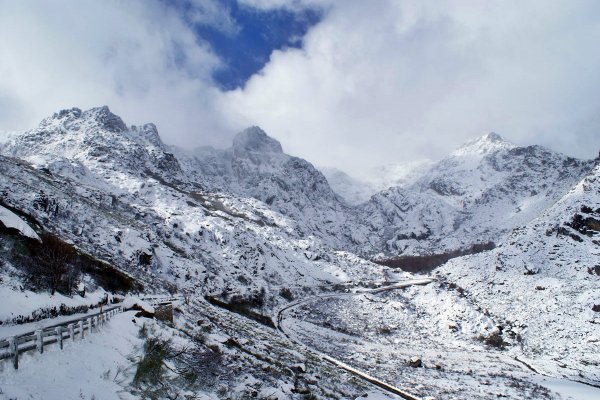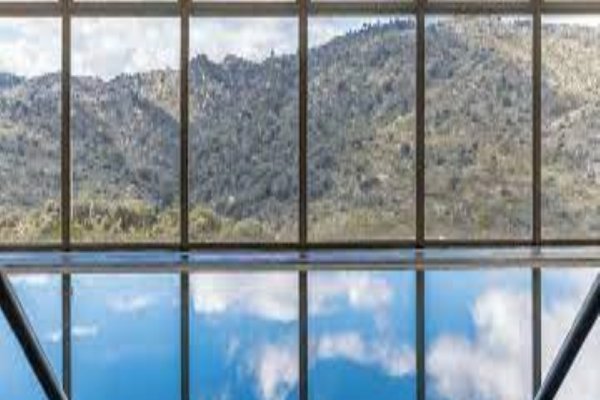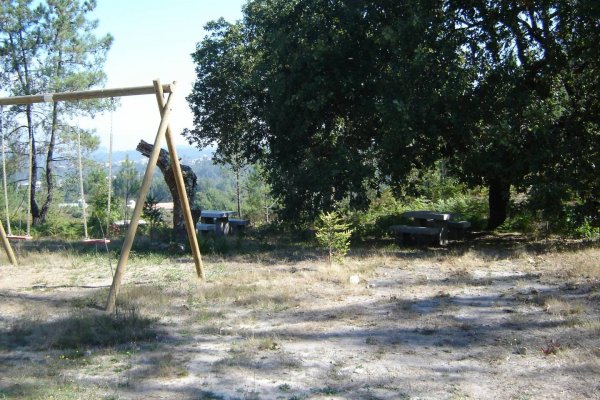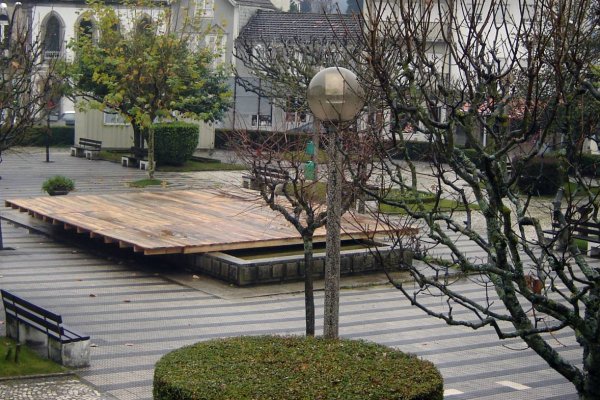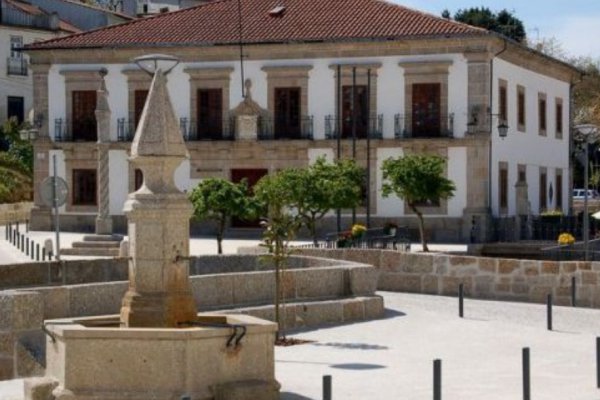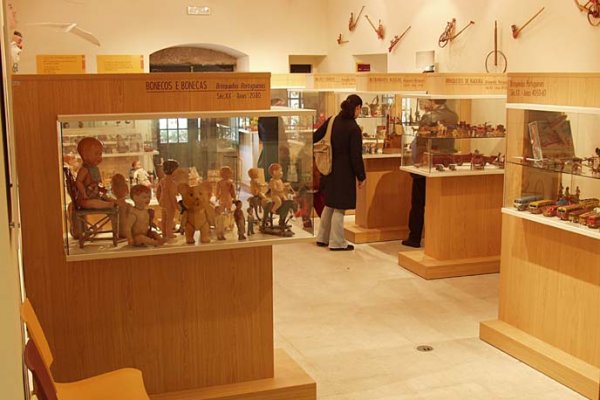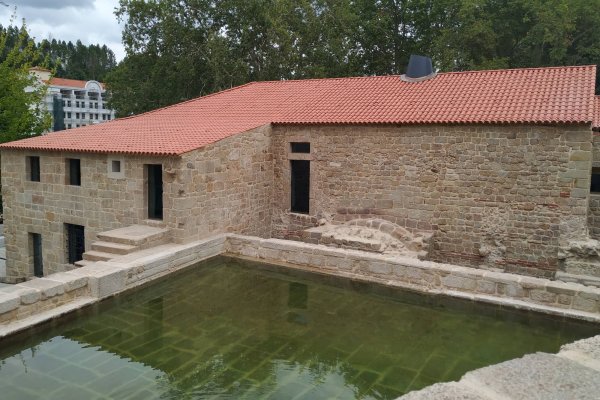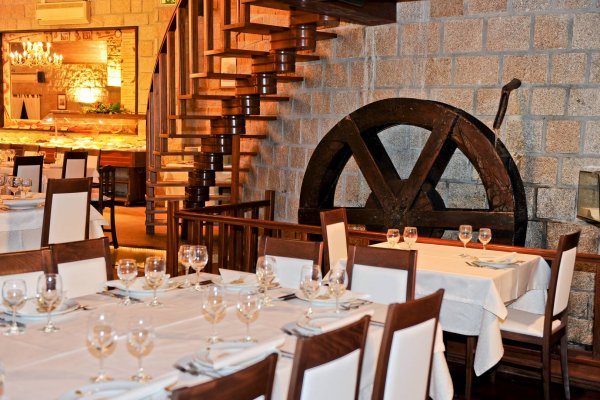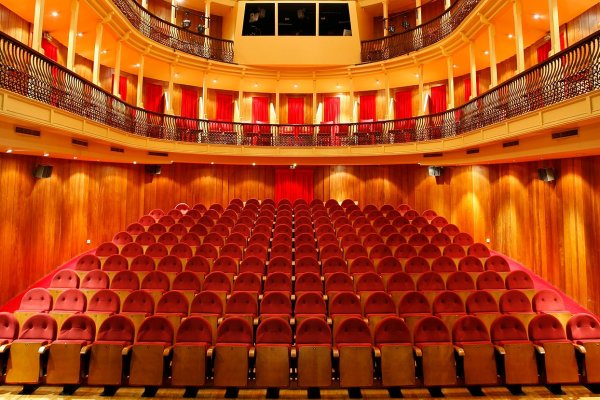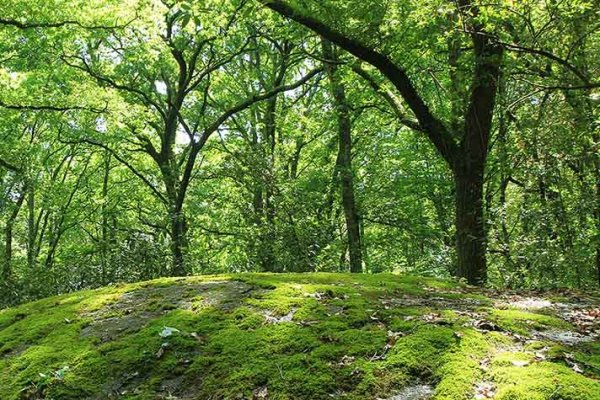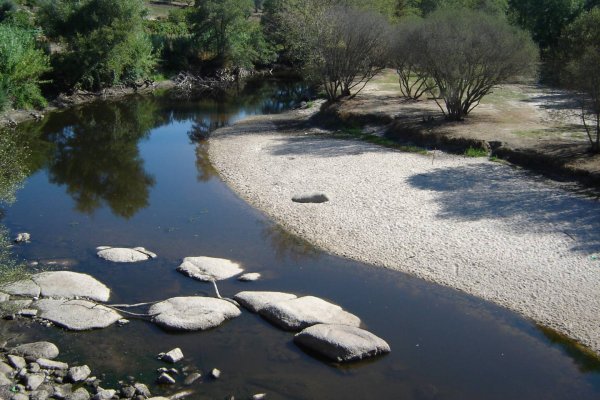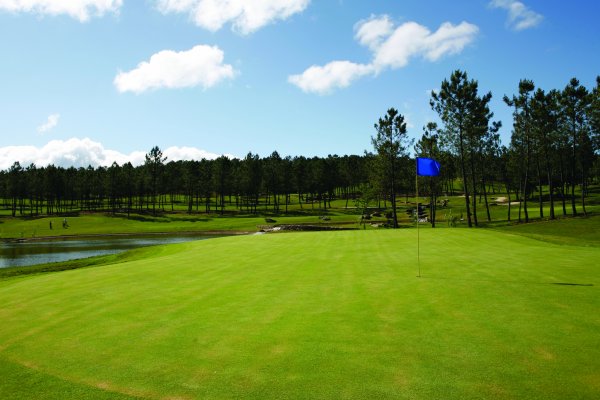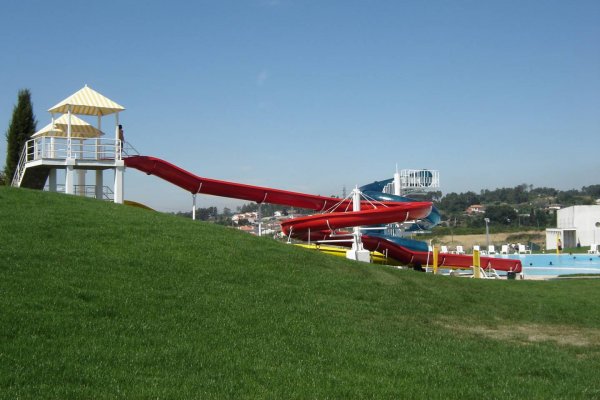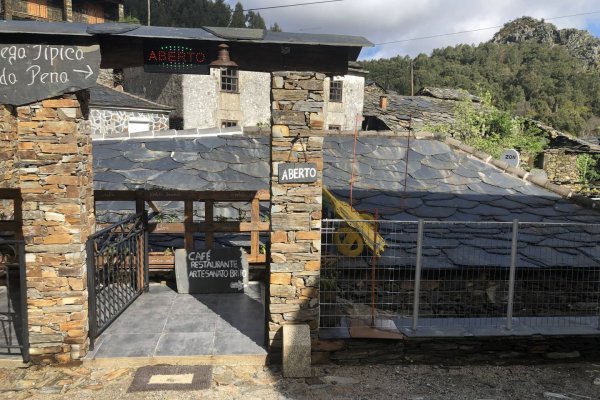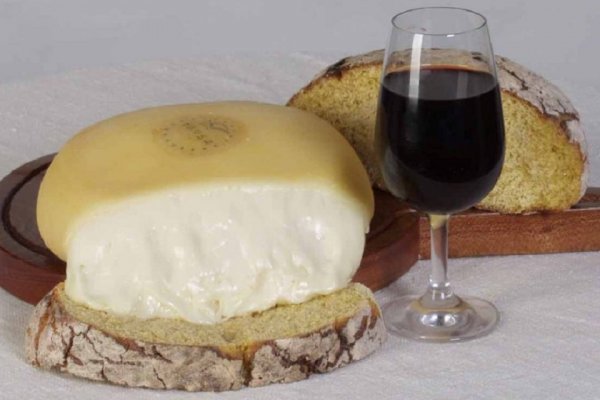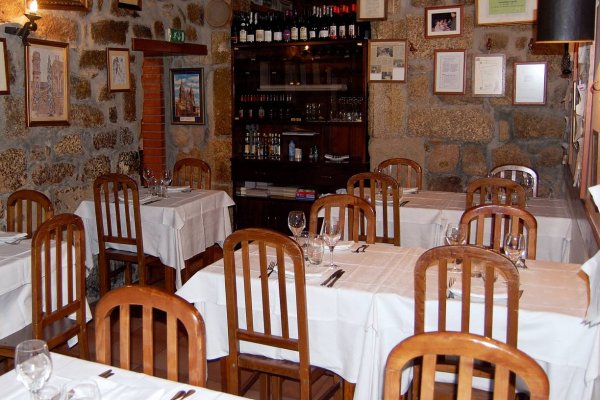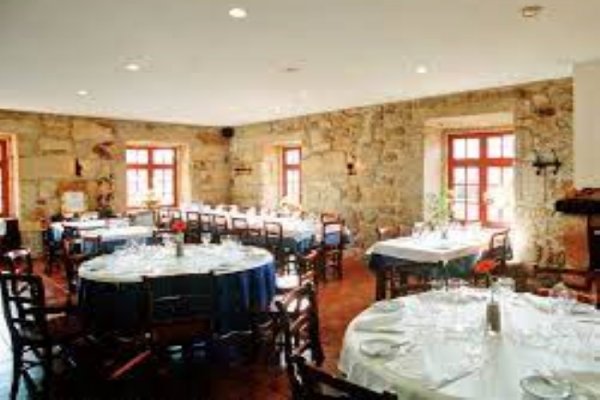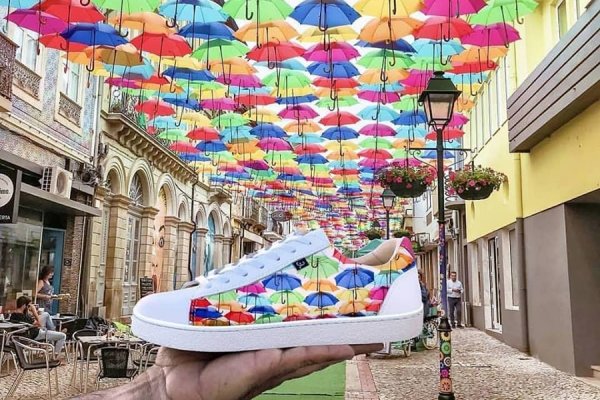Tourism in the region
Trabulo River Beach
The Fluvial Beach of Trabulo, municipality of Sátão, has a bathing season starting on June 15th. Hidden among the mountains of Ferreira de Aves and Romãs, Decermilo and Vila Longa, it is possible to enjoy the view, the water and the natural beauty of the Praia do Trabulo. A river beach with very good access, with two support bars and a good infrastructure.
V.N.Paiva Karting Track
The Vila Nova de Paiva Karting Track, with a constant 920m perimeter and 8m wide, the track allows for several layout possibilities and has curves of all types and combinations, which determine different driving styles and racing strategies. Ideal for individual or group races with more than 20 drivers on the track and has kart support boxes and artificial lighting for night races. For lovers of car racing and adrenaline-filled experiences, it is an ideal place for a good afternoon of fun.
Segões River Beach
The bathing area of Segões, in the municipality of Moimenta da Beira, is one of the most beautiful and well equipped river beaches in the region. It has a bar with a comfortable interior space and the terrace faces the mirror of water formed by the Paiva, the least polluted river in Europe, which almost flows at the feet of holidaymakers. It also has a picnic area, toilets, green spaces and shade from large trees.
Vila Nova de Paiva
In the center of the mountain region of Alto Paiva – the 'demo lands' of Aquilino Ribeiro - Vila Nova de Paiva is located between the municipalities of Moimenta da Beira, Viseu, Sátão, Castro Daire and Tarouca. More than 80 percent of its territory extends over platitudes above 800 meters, reaching 1016 meters where Touro confines to Serra da Nave. Granitic landscape, dotted with schist lithologies, mainly in Queiriga, is dominated by an orography that shows erosion. A town of special beauty waiting for your visit.
Convent of Santa Eufémia
Located in the Chapel of Santa Eufémia, its foundation dates back to 1111, housing Benedictine religious for centuries. Extinct on April 27, 1891 due to the disappearance of the last nun, it still maintains an isolated tower, a lookout tower, the chapel of Santa Eufémia, the fountain, the ancient chaplain's house and the 17th century cross. The interior of the church is covered with tiles, the river, the bridge and the hydraulic mill complete the landscape.
Sátão village
The municipality of Sátão is very old and had its first Charter granted by Count D. Henrique and his wife D. Teresa, on 9 May 1111, in the same year that the city of Coimbra was also given the Charter.
Today, it is a beautiful town that is home to one of the most natural and architecturally beautiful municipalities in the central region.
Arbutus do Demo Botanical Park
One of the emblematic projects of the municipality of Vila Nova de Paiva and, certainly, one of the most important among those developed in recent decades. More than a thousand botanical species are found there, arranged by families, ethnobotanical and industrial uses, medicinal properties and aromatic characteristics.
Gardens of the Sanctuary of N. Senhor dos Caminhos
This space, where the flora of the region reigns, has flower beds, stone tables and benches and a small lake. It is located around a small square, which has a statue made up of the figures of the evangelists (St. John, St. Matthew, St. Luke and St. Mark).
Alto Paiva Archaeological Museum
The Alto Paiva Archaeological Museum is a modern space where the stories of the territory covered by the Paiva River basin are told, from its most distant origins. In this museological space, the pieces tell stories, acquire meaning when understood in their anthropological dimension. This museum has a special concern with pedagogical aspects, using a set of supports that help in the interpretation of information, such as illustration, reconstructions of monuments or replicas of archaeological pieces.
Sanctuary of Our Lady of the Castle
The Chapel of Nossa Senhora do Castelo is a chapel located in Mangualde, district of Viseu. It belongs to the Sanctuary of Nossa Senhora do Castelo, which includes the Ermitão´s House, staircase and annexed chapels, have been since 13 May 2013 classified as a Monument of Public Interest.
Grão vasco National Museum
Along with the cathedral, the See hill is architecturally dominated by the 16th-century seminary. The strength of granite gives shape to an imposing building that over the centuries acquired multiple features. Here we find a substantial part of the city's identity reflected in the expressiveness and realism of Vasco Fernandes' painting. In his paintings, color and light find the perfect symbiosis, the harmony of environments, the emotions of shapes and faces, attention to detail. The museum's heritage also includes a significant set of pieces representing the history of Portuguese art from various periods of its history.
Cruz Estate
Bathed by the river Paiva, it is the place where nature and art meet. Assuming itself as a true center of contemporary art, it presents temporary exhibitions, creative workshops and programs for the family. The property has a remarkable dendrological biodiversity where, in addition to some autochthonous species, it is also possible to identify exotic species.
Reriz Palace
The Palace of Reriz, located in São Pedro do Sul, was built in the 18th century, characterized by its barred facades and stonework. The main façade has four windows with rectangular openings, dominated by broken pediments and guarded by barred balconies. The manor's gardens are located in the inner courtyard.
Ribeira´s House
Ribeira´s House is a space evocative of memories of Viseu. The presence of the old mills on the river Paiva and the oil press allow the visitor to remember the work of the washerwomen who colored and dried the clothes near the mill's dam. The house also evokes the presence of boats in the Ribeira, which marked the life of the river and the community. In addition, it is a space dedicated to regional handicraft par excellence, where various crafts linked to the ancestral “industries” of the region are presented. Casa da Ribeira frequently receives temporary functions dedicated to the ethnographic heritage.
Casa de Santar
Casa de Santar is a 17th and 18th century manor house, is surrounded by gardens of hedges and boxwoods. Inside the Old Kitchen there is a natural spring water fountain, in granite, with a niche and a large stone fireplace. The wine cellar and the Coches Room deserve to be highlighted. Wine producer from Dão. Santar's house is subject to prior appointment for a visit.
Manor of the Prime Counts
This building, dating back to the 18th century and also known as the House on the Top of the Village, has a chapel with large stonework on the windows, doors and cornices. In the interior, the Baroque and Rococo tiles of the palatial area stand out and, in the chancel, the Joanine tiles and carvings.
Lamego´s Castle
About the antiquity of the Castle of Lamego, almost all authors consulted refer that the castle "is the work of the Moors" and predates the foundation of the nation. From the original structure, only the keep (12th century), part of the old wall and the cistern (13th century) remain to the day.
Palace of The Counts of Anadia
Characterized by a striking western façade, an Italianate south façade and by its eastern castellated façade. Its stonework, 18th century tiles, and works by painters such as Pellegrini, Giagenti, or Lanzarotto, make Palácio Anadia one of the most important examples of 18th century stately architecture in Portugal. The Palace has an adjacent farm with a park and gardens, and a forest planted in the 18th century. The architectural complex is classified as a “Property of Public Interest”.
Monastery of Santa Maria de Cárquere
From the Romanesque construction of the Cárquere monastic complex, of which the spatial organization still prevails, only the crevice of the Resendes funerary chapel remains today, in addition to the tower. The Cárquere is linked to the lordly power of this family, here also crossing the history and legend, which attributes the foundation of this Monastery to Egas Moniz, the mentor of D. Afonso Henriques, after the miracle of the cure of the legs of the first king .
Viseu
From the Unknown Soldier, in the Viriato cava you can visit the Theatre, Saint António´s Church, Solar do Arco, Knights´ Gate and the S. Francisco Fountain. In the vast Fontelo´s Garden, visit the Solar do Dão and during the year, pay attention: there is entertainment for all ages and activities always taking place.
Viriato´s Dig
Despite its name, it is now known that the cave located next to the Feira de São Mateus de Viseu has nothing to do with Viriato, the Portuguese warrior whose statue adorns this place. Contrary to what the popular imagination has led to believe, recent research attests that it was not the Portuguese who built this fortress. And if some authors attribute it to the Romans around the 1st century BC, others claim that it was the Muslims who built this camp city. While new excavations do not confirm the true foundation of this mythical place, come and enjoy this piece of history in the middle of the city.
Côa Valley Archaeological Park
Dating back to the Early Upper Paleolithic, these open-air rock formations are testament to a vitality and mastery of design and features that brought us 25,000 years of time. This long art gallery gives us a record of the Neolithic period and the Iron Age, transposing after a single breath two thousand years of History to establish religious representations, names, dates and even, a few decades ago, some in the Modern Period figures made by the children of a miller. A natural treasure available to visitors for unique natural experiences.
Long Lagoon
The history of this location dates back to 1955, when it was built to direct the waters of the Ribeira das Naves to the Long Lagoon reservoir. Made of concrete and granite, the tunnel is 1,519 meters long and is capable of reaching 120 thousand cubic meters. The path to Covão´s Lagoon dos Conchos starts on the left side of Long Lagoon.
Direita Street
This narrow and winding street that follows the slope of the once busiest street in the city due to the number of shops that existed there and which justified its also being called Tent Street. A careful look discovers interesting details on the facades of old houses, many of them undergoing restoration work.
Caramulo´s Mountain Range
Serra do Caramulo is a mountain area of granitic and schist origin. Heather and coot predominate its flora. The mountain is populated by villages with granite houses and granaries typical of this region. As this area was populated by Romans, you can still find some traces of that time, such as the stone paths. You can enjoy the green fields and the beauty of the trees next to the crystal clear water of the streams that cross it on all sides and enjoy the stunning landscape while breathing a really pure and healthy air.
The Serra do Caramulo landscape is a monument to nature and the fresh air that is breathed there invites you to explore every corner, no matter how hidden. It is a place full of surprises, magnificent views and exhilarating challenges.
Pena Village
Located in the vicinity of Castro Daire and São Pedro do Sul, in the interior of the Saint Macário Mountain Range, immersed in a deep valley, the village of Pena is diluted in a fantastic natural setting. Considered one of the most beautiful Portuguese schist villages, with 6 inhabitants and 10 houses, it is a must-visit place in the region.
Rossim Valley
Inserted in the Superior Plateau biogenetic reserve, Rossim Valley is a unique place, of great scientific, environmental and landscape value, which it is important to protect and enhance. It is an artificial lagoon, however, conditions were created over time that transformed this area into an excellent leisure and recreation area that attracts countless tourists.
Aquilino Ribeiro Park
Aquilino Ribeiro Park has a century-old history. It was part of Quinta de Maçorim, where the convent of Santo António dos Capuchos was built in 1635. The imposing examples of white oak that we can still see today, have been planted by the Capuchos Friars of St. Francis on the fence that guarded this convent. It was converted into an urban park in 1955, where we can find relic species, such as holly and oleander. It is a space where people feel at ease, where they can breathe fresh air, have fun, walk around and practice sports.
Covão d´Ametade
It represents a depression of glacial origin that was lined with birches along the riverbanks. It is a paradisiacal setting full of bucolic and poetic feeling. There are three Cântaros that rise around Covão d'Ametade: the Raso Cântaro, further south; the Cântaro Magro, central and emblematic of the entire Serra da Estrela; and Cântaro Gordo, to the north.
Gouveia Ecological Park
Created in 1999 by the Municipality of Gouveia, the Ecological Park covers a total area of 6 hectares.
The purpose of this space is to raise awareness and environmental education, valuing the didactic aspects through natural tools, namely fauna and flora.
In addition to the existing flora, much of it present in the different ecosystems of Serra da Estrela, there are also native mammals and birds, as well as some exotic species.
José Coelho Archaeological Collection
Casa do Miradouro, one of the most notable historical buildings in the city of Viseu, dates back to the 16th century and houses the archaeological collection of José Coelho, an illustrious 20th-century intellectual from Viseu. The exhibition “José Coelho: A Passion for the Past” reveals the important legacy of one of the forerunners of archeology in the region of Viseu. With a strong pedagogical component, the exhibition favors a set of pieces that are icons of our regional history.
Serra da Estrela
In summer or winter, the highest mountain in mainland Portugal is the perfect setting for a few relaxing days in contact with nature.
With a maximum altitude of 1993 meters in Torre, Serra da Estrela is an area of rare scenic beauty with impressive mountain slopes where we can intensely experience the silence of the heights. Enjoy these moments of communion with nature to observe the natural wonders, noticing the variety of vegetation, the birds or the herds of sheep guided by dogs of the breed that the mountain gave its name.
Almeida Spa - Fonte Santa
The mineral waters of the Almeida thermal complex spring from the slopes of the hills that form the valley through which the Côa River flows at an altitude of 560m, about 3.5 km northwest of Almeida Village, in the Guarda district. Surrounded by a green landscape, it is a great destination to escape the daily stress, recharging energy through the well-being that a thermal program can offer.
Castro Daire Village
Castro Daire Village is located on the top of a hill, its name comes from an old fort that was located in the highest part of this place. It is known that Romans lived here due to the appearance of epigraphic documents. The municipality of Castro Daire is endowed with incredible viewpoints that allow visitors to observe the surroundings of this town from different perspectives, allowing them to capture all its natural beauty. Often accompanied by chapels, they are a must visit for admirers of the most beautiful natural landscapes.
Santa Comba Dão
Santa Comba Dão, a city with many stories and beautiful places, associated with Dr. Oliveira Salazar, born in Vimieiro, one of the city parishes and where his house exists and a school that still bears his name. Here you can visit the Parochial Church, the Mini Zoo from volunteer firefighters and the historic center.
São Pedro do Sul spa
The traces of the use of the thermal waters of São Pedro do Sul are lost in time, with curative and well-being purposes.
Rainha Dª Amélia frequented these spas, obtaining notable health improvements, which is why in 1985 Caldas de Lafões were renamed Caldas da Rainha D. Amélia. Today, with the experience of the past and the technology and conditions that we can find there, the quality and therapeutic potential of these waters is unquestionable. But the Queen mentioned was not the first, as the Romans and some of the greatest kings of Portugal resorted to them, such as D. Afonso Henriques and D. Manuel I.
Fontelo´s Park
Large green area occupying a vast area to the east of the city that was part of the farm of the former Bishop's Palace, enriched and expanded by the initiative of Bishop D. Miguel da Silva in the mid-16th century. With a wooded area of more than 10 hectares, the Fontelo forest is the largest public green space in the city, ideal for walking, resting and practicing sports. It is equipped with a set of sports and leisure facilities – playground, maintenance circuit, municipal stadium, multi-sport pavilion, tennis courts, 5 football fields and municipal swimming pools.
Montebelo Golf
Located in Viseu, Montebelo Golf is the perfect destination for those who want to combine golf with other experiences such as spa, gastronomy and wines or discovering the area's heritage.
Equipment: panoramic restaurant, bar, social lounge, meeting room, exhibition gallery, trophy room, putting green, pitch & putt, bunker shots, shop.
Príncipe Perfeito Water Park
When the time is hot, there's nothing better than a dip in one of the pools in this friendly space, where there's no shortage of music and entertainment, and where the safety of vacationers is guaranteed by a team of lifeguards. With 3 slides and 3 different pools, the Aqua Park at the Príncipe Perfeito Sports Complex is the ideal choice for days of family fun.
Typical Winery of Pena
The Adega Típica da Pena serves delicacies of the local cuisine in the village: ham, cheese from Serra da Estrela, and sausages, but also denser dishes such as Feijoada, Arroz de Cabidela, Portuguese Stew in Pena style, roasted veal in the wood oven and roasted lamb with potatoes, always in the good company of green wine. For dessert, be sure to try the dried soup jam and the fritters from Pena. You will want to take home a souvenir of this charming village!
The Cortiço
Considered as the gastronomy bastion of the Viriato Region, Cortiço is located right in the heart of the so-called Historic Zone of the City of Viseu. The neighborhood has an important collection of architectural values: from the Cathedral to the Grão Vasco Museum, from Miradouro´s House to Adro´s House, not to mention the statue of King Duarte, which is right nearby.
AgitÁgueda
AgitÁgueda contributes to the city's cultural panorama in a very significant way. Since 2006, around 500 groups and artists have been on the festival stage. At the artistic level of public art, the entire city of Águeda experiences contact with urban art and with installations of the most varied types: thousands of umbrellas in the streets of the city, form a set that is complete with another urban art project that colored the city even more: dozens of locations were painted with appealing chromatic variations: from garden benches to rainbow-like staircases, in addition to many other notes from design and color. The giant tent set up for this purpose, decorated with the famous hats, is another point of interest to those who visit AgitÁgueda.

Processing your message...
Please wait.

Message sent successfully.
We will reply as soon as possible.

Message couldn't be sent.
Please try again later.
